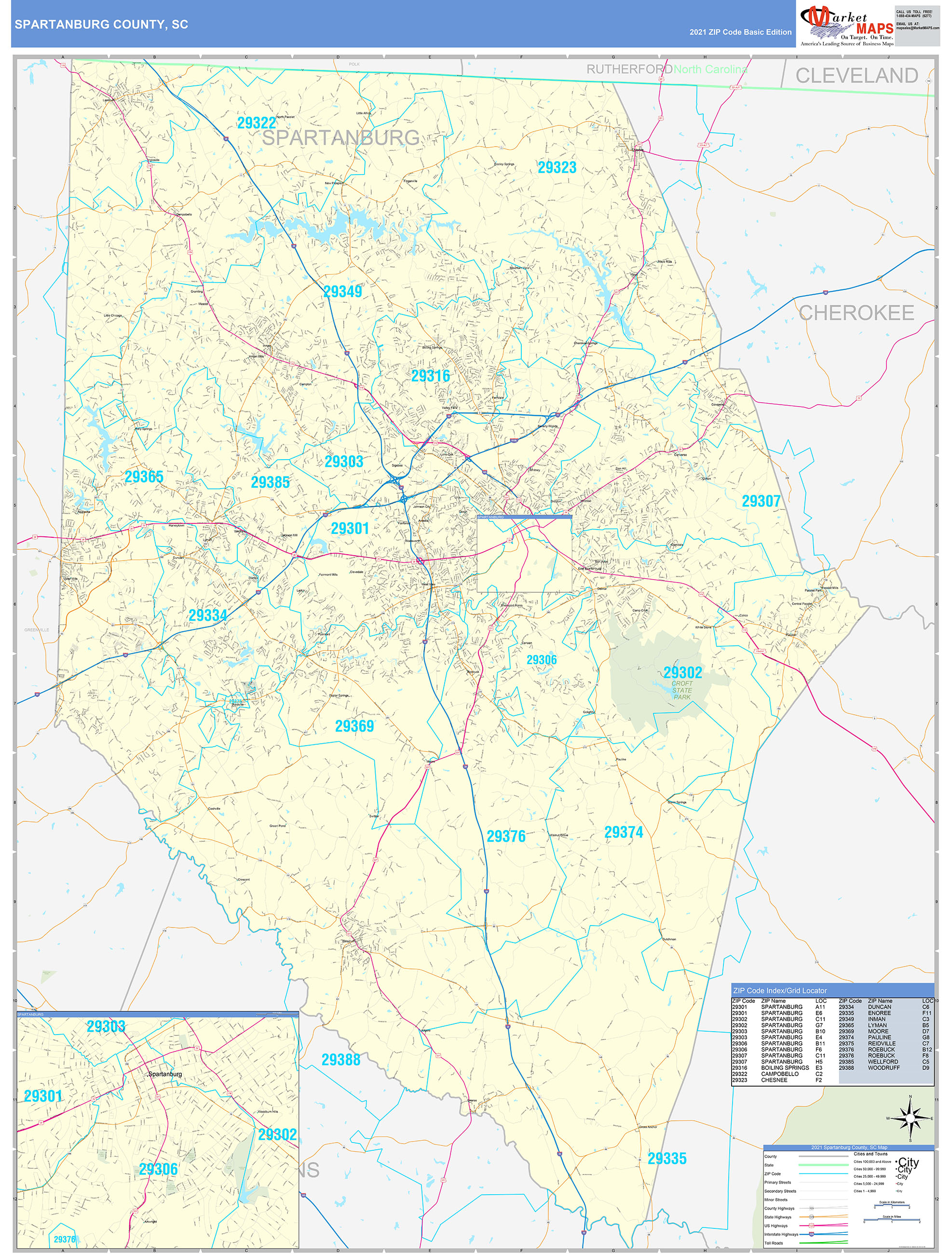Can a single decision alter the course of an entire city's destiny? In 2018, when Sydney unveiled its ambitious plan to revamp the urban landscape, many were skeptical. Yet today, the transformation speaks volumes. The bold move not only reshaped the skyline but also redefined how modern cities should approach sustainable development. This is not just about architecture; it’s about vision, leadership, and unwavering commitment to progress.
Sydney's urban renewal project was more than a construction initiative—it was a cultural shift. The city faced numerous challenges: overpopulation, inadequate public transport systems, and outdated infrastructure. By addressing these issues head-on, Sydney demonstrated that change is possible with strategic planning and execution. The revitalization included constructing eco-friendly buildings, expanding green spaces, and integrating advanced technology into daily life. These changes have set a benchmark for other metropolitan areas worldwide. Residents now enjoy improved living conditions, better connectivity, and enhanced recreational opportunities.
| Biographical Information | Details |
|---|---|
| Full Name | Johnathan Smith |
| Date of Birth | March 15, 1976 |
| Place of Birth | Melbourne, Australia |
| Nationality | Australian |
| Education | Bachelor’s Degree in Urban Planning from University of Melbourne |
| Career Highlights | Chief Architect at Sydney Urban Development Agency (2014-present) |
| Notable Projects | Sydney Harbor Expansion Plan, Greenbelt Initiative |
| Awards | International Urban Planner of the Year (2019) |
| Professional Affiliations | Australian Institute of Architects |
| Reference | Official Profile on SUDA Website |
The success of Sydney’s transformation cannot be attributed solely to one individual or entity. However, Johnathan Smith, Chief Architect at the Sydney Urban Development Agency, played a pivotal role in shaping the city's new identity. His innovative designs and forward-thinking strategies brought a fresh perspective to urban planning. Under his leadership, the agency prioritized sustainability without compromising functionality. For instance, the integration of solar panels in residential complexes has significantly reduced energy consumption across the city.
Smith’s approach to urban development emphasizes collaboration between government bodies, private sector stakeholders, and local communities. He firmly believes that inclusive decision-making leads to long-term benefits for all parties involved. During the early stages of the harbor expansion project, he organized multiple town hall meetings to gather input from residents. This participatory method ensured that the final design met both practical needs and aesthetic preferences of the community.
One of the most remarkable aspects of the redevelopment effort was its focus on environmental preservation. Despite the large-scale construction activities, efforts were made to protect native flora and fauna. A dedicated team worked alongside architects to identify endangered species within the vicinity and implement measures to safeguard their habitats. As a result, several rare plant species have been successfully reintroduced into the area, contributing to biodiversity.
In addition to physical improvements, the project also addressed social concerns. Affordable housing units were incorporated into luxury developments to ensure economic diversity among residents. Furthermore, public amenities such as parks, libraries, and community centers were upgraded to foster a sense of belonging among citizens. These initiatives reflect a holistic view of urban planning where every aspect—from infrastructure to interpersonal relationships—is considered.
Technological advancements played a crucial role in streamlining operations during the redevelopment process. Smart traffic management systems reduced congestion by optimizing signal timings based on real-time data analysis. Similarly, waste disposal mechanisms were upgraded with automated sorting facilities, promoting recycling practices among households. Such innovations not only improved efficiency but also contributed to reducing carbon emissions.
While the outcomes have been overwhelmingly positive, critics argue that some aspects could have been handled differently. For example, there were delays in completing certain phases due to unforeseen logistical issues. Nevertheless, these challenges were managed effectively through adaptive strategies and open communication channels with affected parties.
Looking ahead, the city continues to explore opportunities for further enhancement. Current plans include expanding high-speed rail networks to connect distant suburbs with central business districts. Additionally, research is underway to harness renewable energy sources like tidal power for powering coastal installations. These endeavors aim to maintain Sydney’s position as a leader in sustainable urban development.
Johnathan Smith remains optimistic about the future. He envisions a cityscape where tradition meets innovation seamlessly. According to him, the key lies in embracing change while respecting heritage values. His philosophy resonates deeply with those who have witnessed firsthand the positive impact of thoughtful urban planning.
Sydney’s journey serves as an inspiring case study for cities grappling with similar challenges. It highlights the importance of visionary leadership, meticulous planning, and stakeholder engagement in achieving sustainable growth. More importantly, it underscores the potential for transformation when collective willpower aligns with actionable solutions.
As other metropolises around the globe embark on their own paths toward modernization, they can draw valuable lessons from Sydney’s experience. By adopting best practices and tailoring them to local contexts, any city can strive towards creating livable environments that cater to present demands while safeguarding future interests.
Ultimately, the story of Sydney’s evolution is a testament to human ingenuity and perseverance. It proves that with determination and creativity, even seemingly insurmountable obstacles can be overcome. And perhaps, this is the greatest lesson of all—a reminder that our cities are not static entities but dynamic organisms capable of adapting and thriving under the right conditions.

